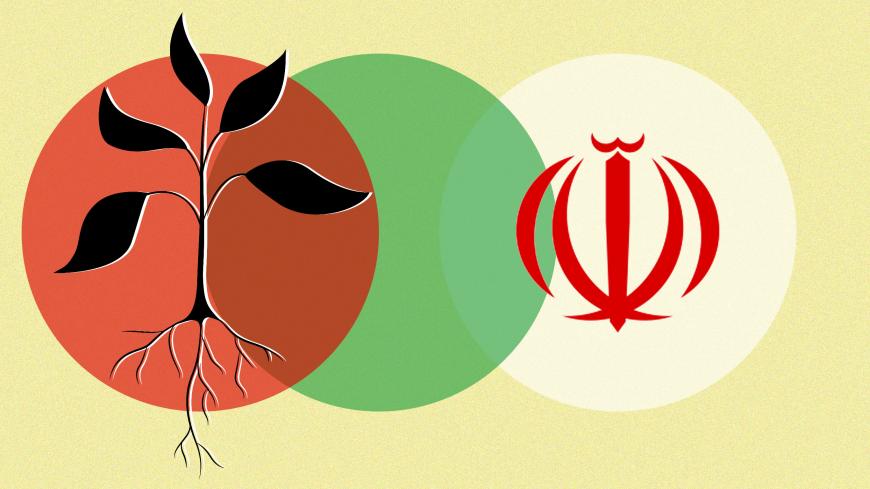It was a cold winter day in February 2011. Nineteen months had passed since the emergence of the Green Movement amid the disputed 2009 presidential election, and the leaders of the Islamic Republic’s media centers had gathered for a meeting. One prominent producer in the room, a captain in the Islamic Revolutionary Guards Corps (IRGC), bluntly said to his colleagues, “The youngest generation in our country doesn’t understand our religious language anymore. We’re wasting our time with the things we make. They don’t care about it. That’s why so many of them were in the streets protesting against our system.”
The Green Movement, the largest mass demonstrations in Iran since the 1979 Revolution, shook the political and military elite in the Islamic Republic to its core. Over my decade of fieldwork in Iran with the regime’s cultural producers (2005-2015), commanders in the IRGC continuously debated how they would close the fissures the Green Movement exposed among Iranians — and between the state and society. Gradually, they chose nationalism as a unifying force to define the Islamic Republic and to rebrand the Guards following their suppression of the Green Movement.



